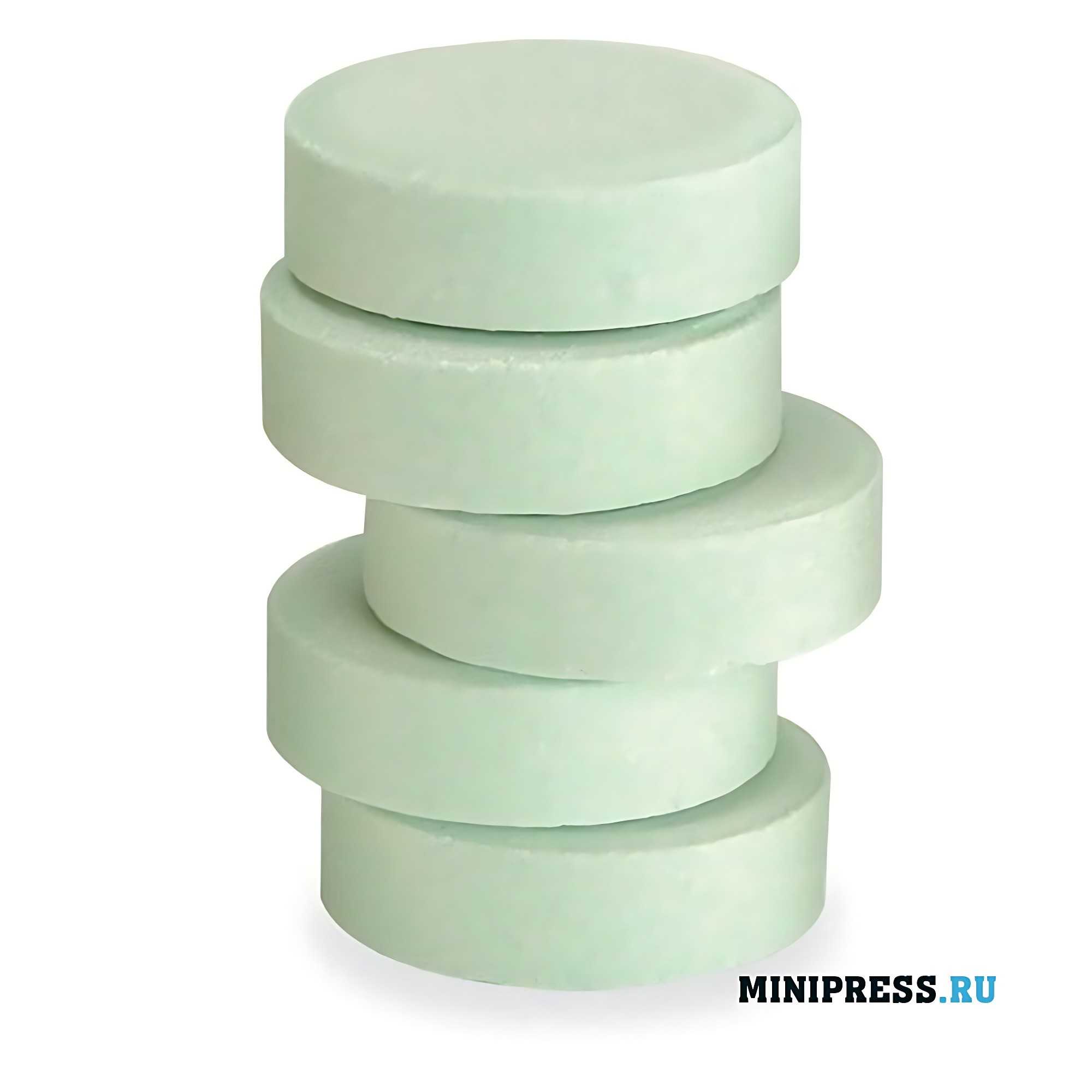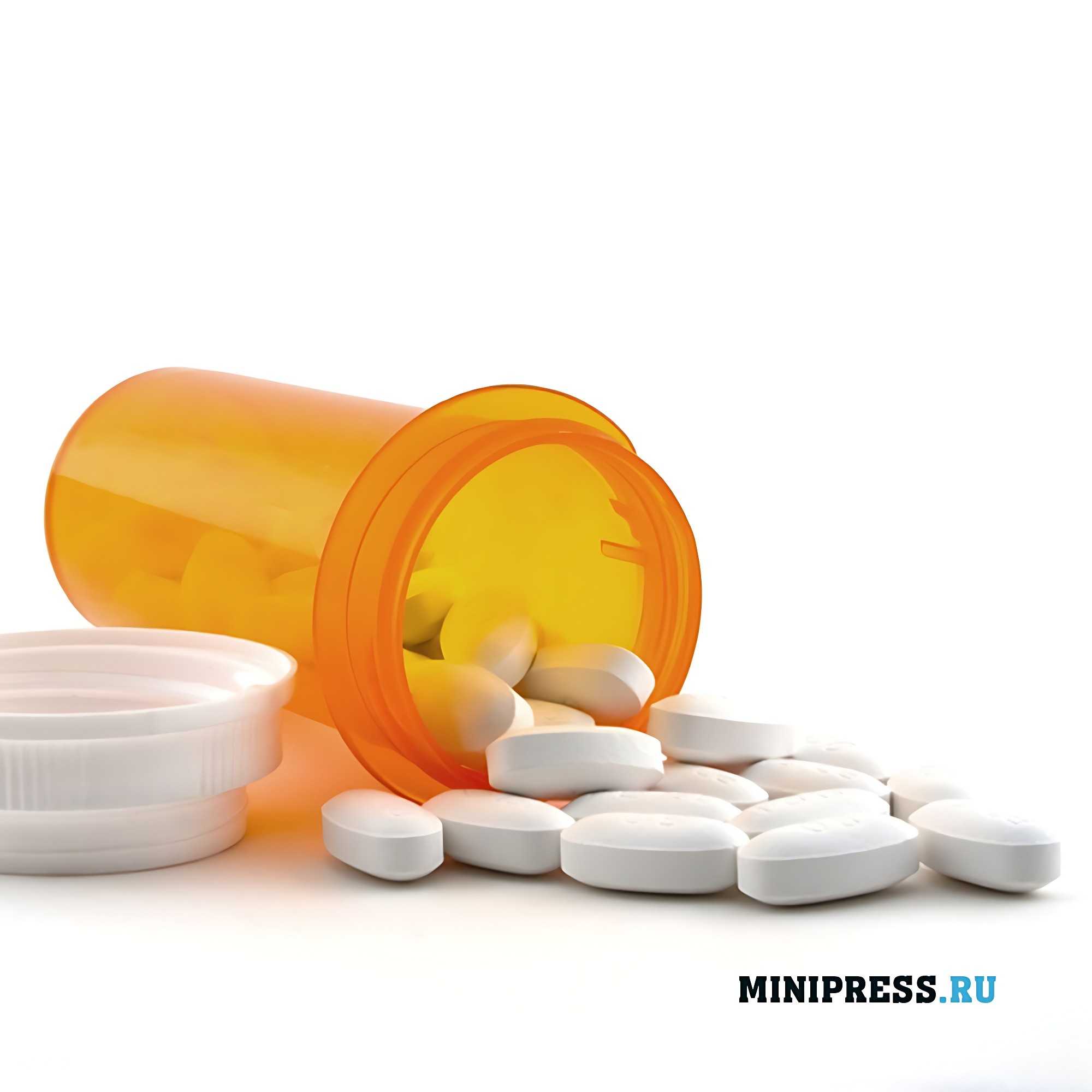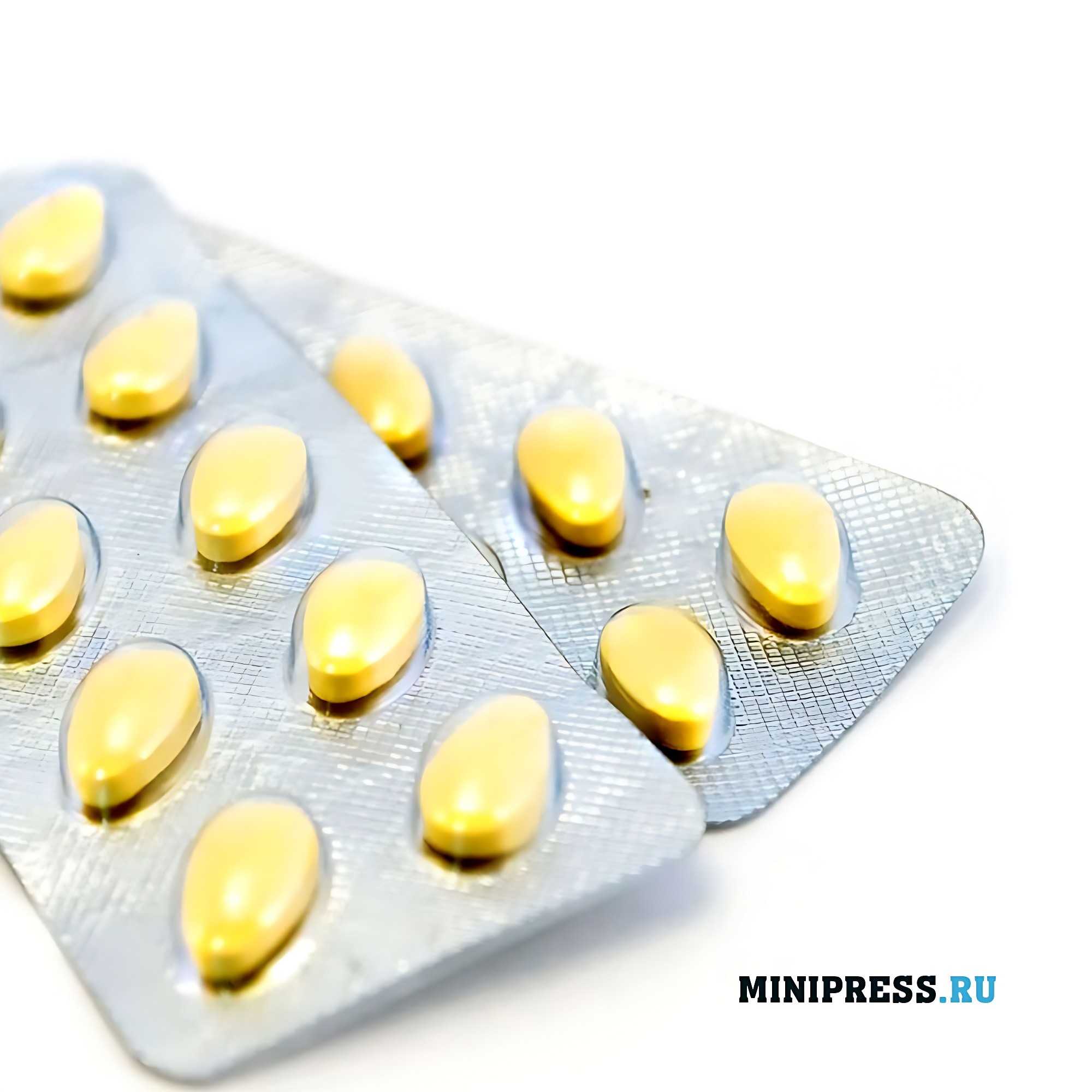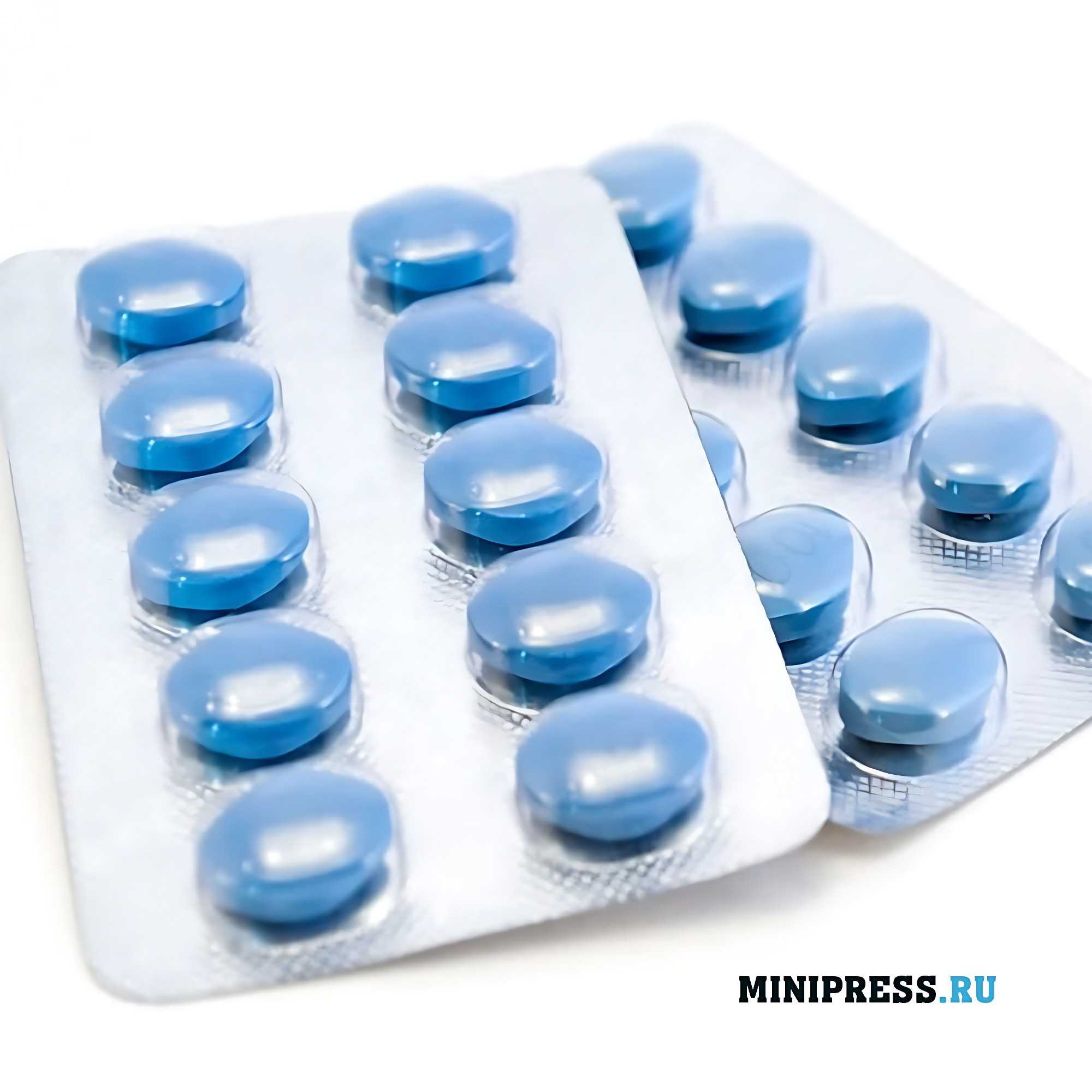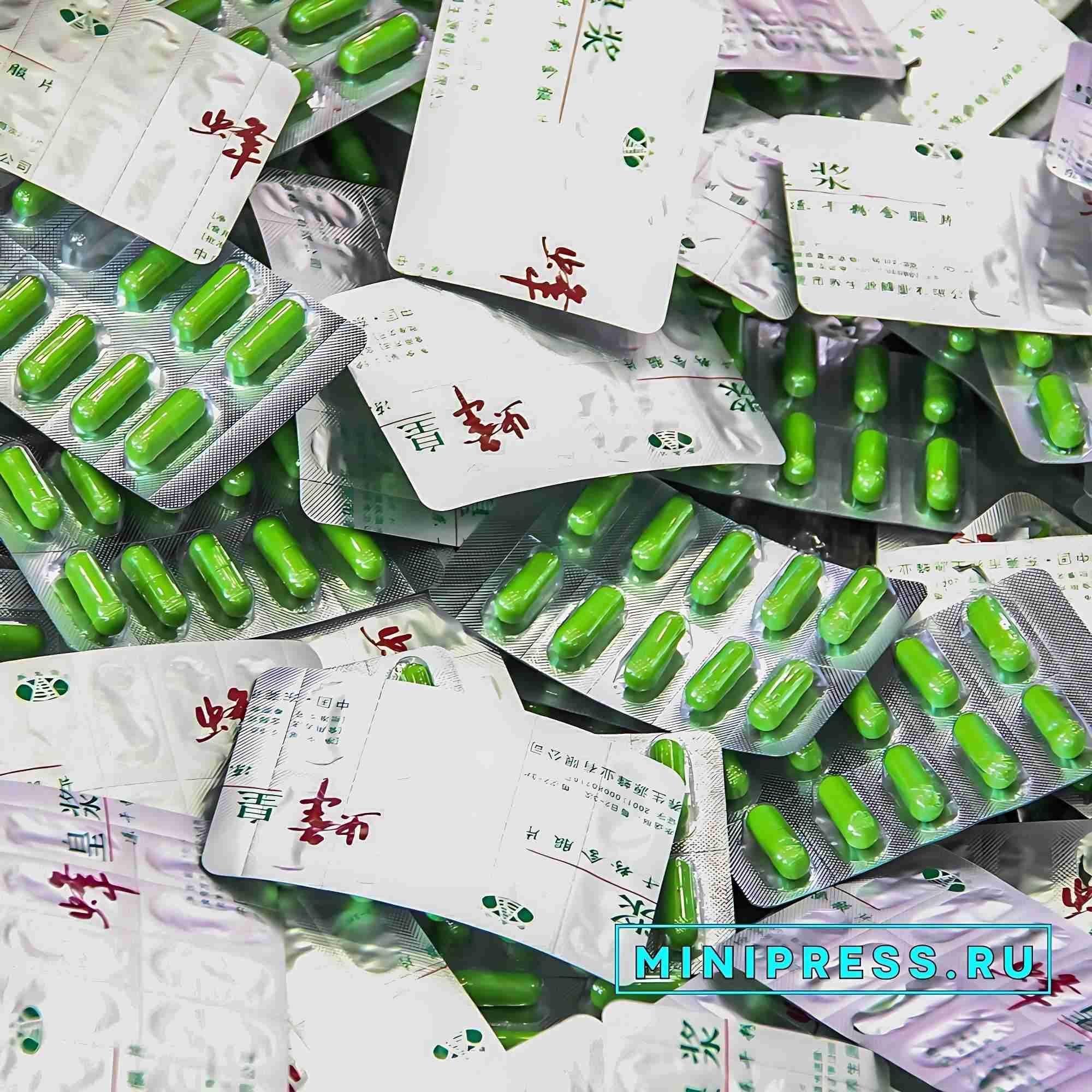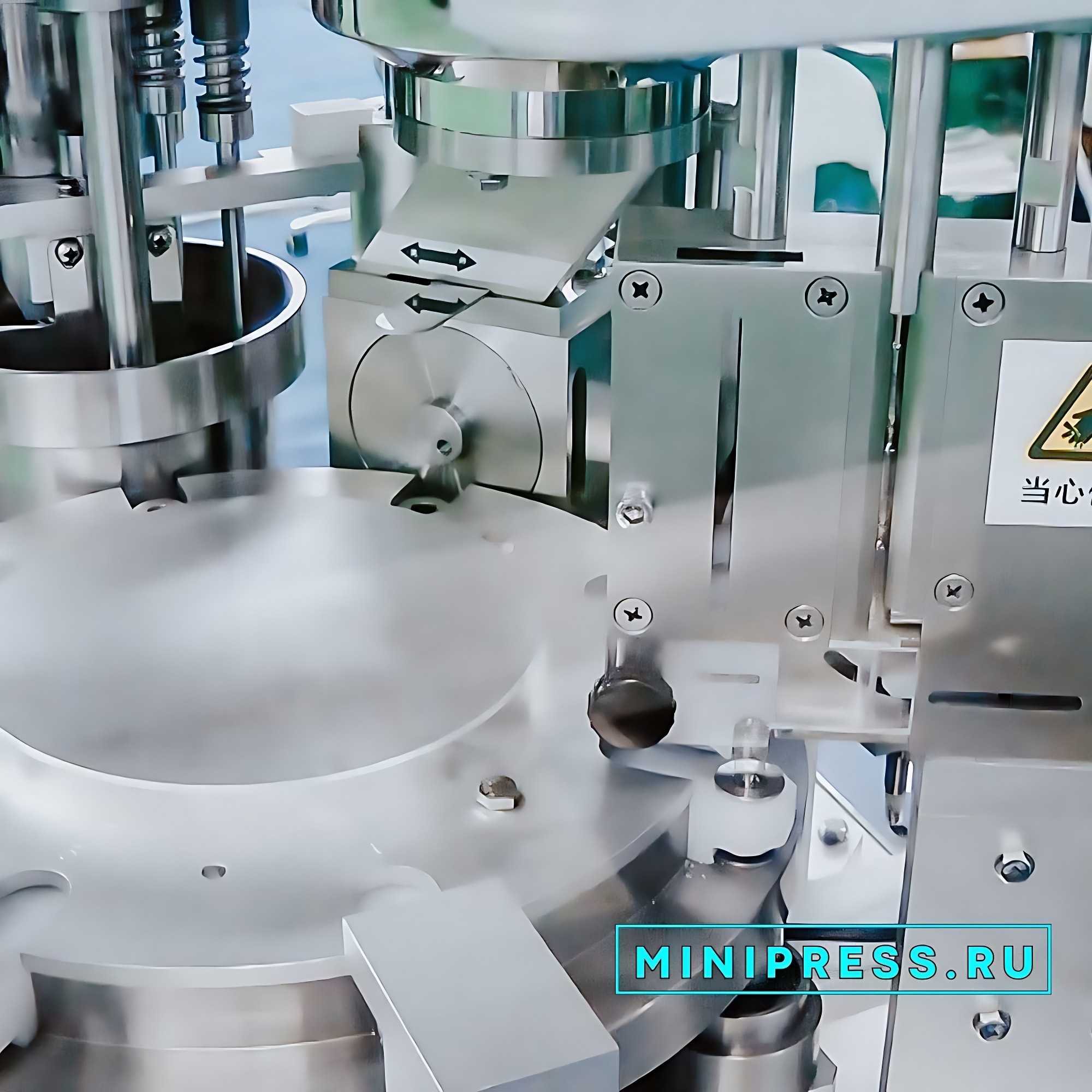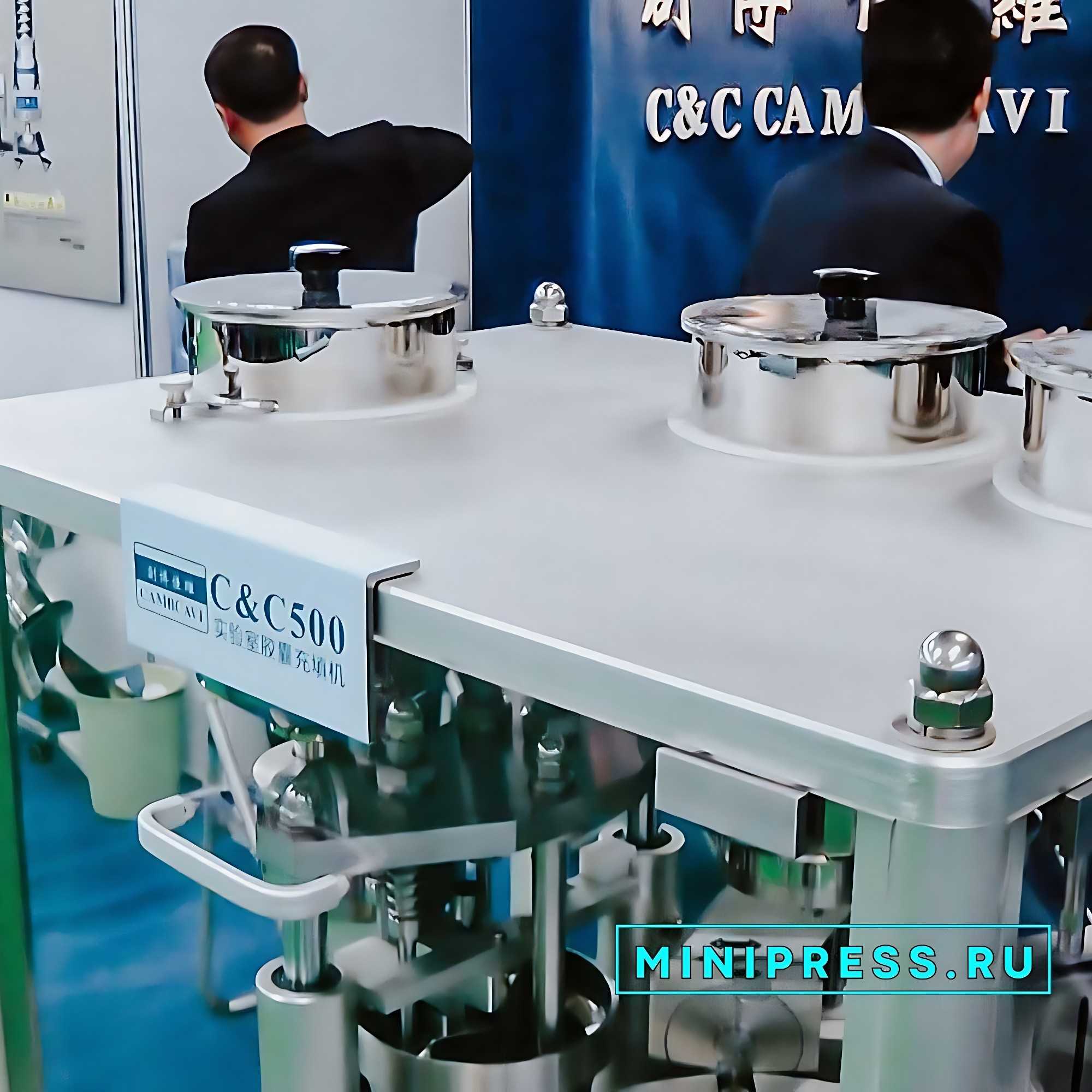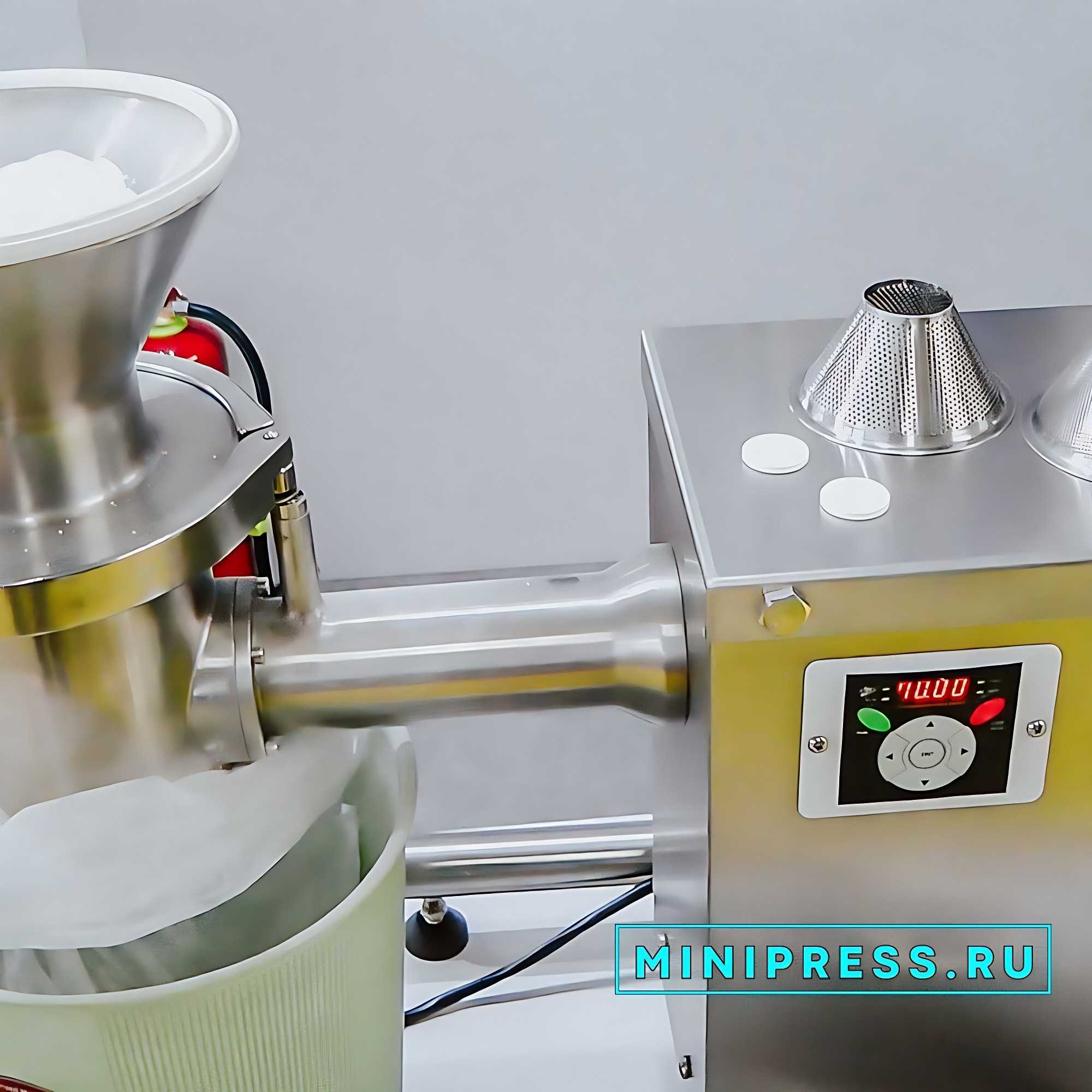Tablet (from Lat. tabella — tablet, tile) is a dosed dosage form obtained by pressing medicinal or a mixture of medicinal and auxiliary substances. Intended for internal, sublingual, implantation or parenteral use. The first information about tablets dates back to the middle of the XIX century. In USA, the first large tablet workshop opened in 1895 in St. Petersburg. Tablets are one of the most common and promising dosage forms and, as mentioned earlier, currently account for about 80% of the total volume of finished dosage forms. This is due to the fact that tablets have a number of advantages over other dosage forms, namely: the accuracy of dosing of medecine injected into tablets; the portability of tablets, which provides convenience of dispensing, storage and…
HOW TO REDUCE THE PRICE?
The reason for the price reduction could be:
• Selecting a payment method
• Payment under contract directly to the manufacturer
• Ordering more than two items of equipment
• Refusal of delivery and customs clearance
• Eliminating equipment inspection prior to shipment
Everyone and always give good discounts, easy to bargain!
Phone: +79853643808
E-mail: info@minipress.ru








 8178
8178 7659511
7659511